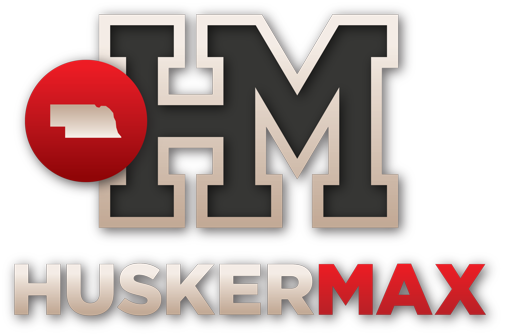There are 2 rules and 2 "notes" that apply to targeting. Both pretty much (not 100%, but close) exclude offensive ball carriers from getting a targeting call.
Rule 9-1-3 Is the rule that some fans would like to have called on nearly 50% of all rushing plays...the "crown of the Helmet" rule and note #1. The problem for those that would like referees to be calling targeting throughout many of the games plays is that NOTE 1 clearly indicates that the Crown rule only applies to tackling, blocking and making a play on the ball. This pretty much excludes offensive players from getting this call...though they are smart enough to leave "wiggle room" to make such a call as they deem necessary...but in general it is NOT called, nor intended to be called. To do that, would pretty much end CFB as we know it. The wigglr room is that they could call ball carriers for a violent stiff arm, but it would likely have to be an unusually flagrant stiff arm...likely a neck shot.
Rule 9-1-4 is very clear that defenders are rarely "defenseless" and therefore it would be rare to call a targeting on an offensive player...still, a little "wiggle room" is there, but all refs know how the rule is meant to be enforced. Obviously, many fans do not understand the rule...they want lots of offensive targeting call. Silliness.
---------------------------------------------------------------------------
https://www.ruletool.info/ncaa-rule-9-conduct-of-players-and-others-subject-to-the-rules/
ARTICLE 3. Targeting and Making Forcible Contact With the Crown of the Helmet(A.R. 9-1-3:I)
No player shall target and make forcible contact against an opponent with the crown (top) of his helmet. This foul requires that there be at least one indicator of targeting (See Note 1 below). When in question, it is a foul (Rule 9-6). (A.R. 9-1-3:I)
[paste:font size="4"]Approved ruling 9-1-3
ARTICLE 4. Targeting and Making Forcible Contact to Head or Neck Area of a Defenseless Player
No player shall target and make forcible contact to the head or neck area of a defenseless opponent (See Note 2 below) with the helmet, forearm, hand, fist, elbow or shoulder. This foul requires that there be at least one indicator of targeting (See Note 1 below). When in question, it is a foul (Rule
2-27-14 and 9-6).
(A.R. 9-1-4:I-VI)
Note 1: “Targeting” means that a player takes aim at an opponent
for purposes of attacking with forcible contact that goes beyond making a legal tackle or a legal block or playing the ball. Some indicators of targeting include but are not limited to:
- Launch—a player leaving his feet to attack an opponent by an upward and forward thrust of the body to make forcible contact in the head or neck area
- A crouch followed by an upward and forward thrust to attack with forcible contact at the head or neck area, even though one or both feet are still on the ground
- Leading with helmet, shoulder, forearm, fist, hand or elbow to attack with forcible contact at the head or neck area
- Lowering the head before attacking by initiating forcible contact with the crown of the helmet
Note 2: Defenseless player (Rule 2-27-14). When in question, a player is defenseless. Examples of defenseless players include but are not limited to:
- A player in the act of or just after throwing a pass.
- A receiver attempting to catch a forward pass or in position to receive a backward pass, or one who has completed a catch and has not had time to protect himself or has not clearly become a ball carrier.
- A kicker in the act of or just after kicking a ball, or during the kick or the return.
- A kick returner attempting to catch or recover a kick, or one who has completed a catch or recovery and has not had time to protect himself or has not clearly become a ball carrier.
- A player on the ground.
- A player obviously out of the play.
- A player who receives a blind-side block.
- A ball carrier already in the grasp of an opponent and whose forward progress has been stopped.
- A quarterback any time after a change of possession.
- A ball carrier who has obviously given himself up and is sliding feet-first.


